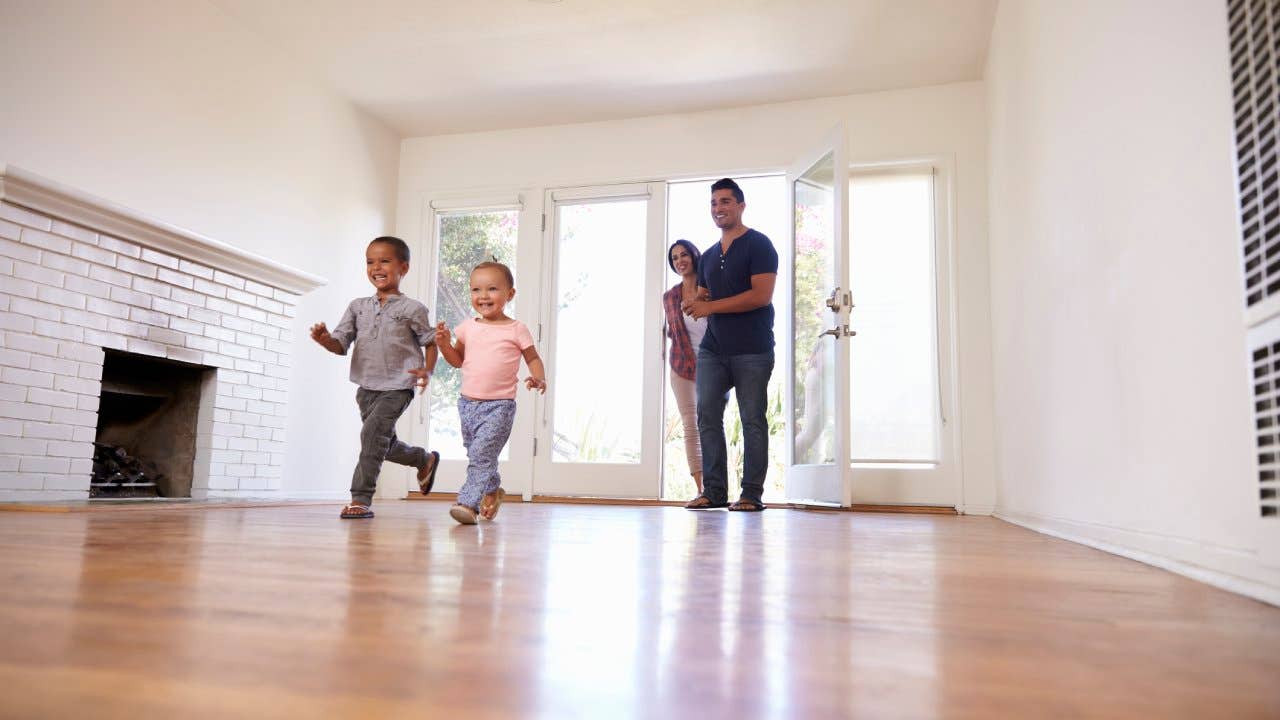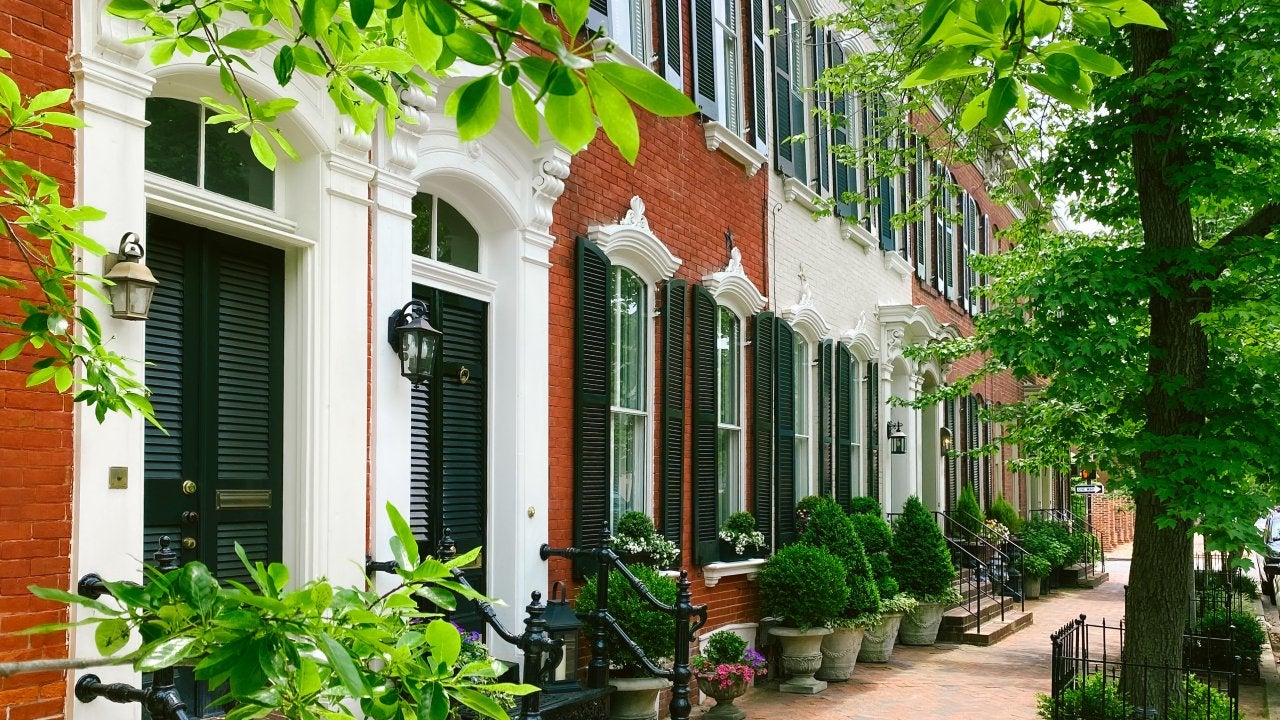Model homes: Should you buy one?

Many a savvy car buyer has scored a bargain by purchasing a showroom or floor model — autos used for demonstrations and test drives. For house-hunters, the residential real estate world offers something similar: the model home.
“Model homes are sample homes in a subdivision, and they are used to show the type of house in that particular area,” says Don Shurts, a realtor with Keller Williams in Dayton, Ohio. The main purpose of these homes is to draw prospective homebuyers into a new neighborhood and highlight the craftsmanship of the builder who worked on the property. However, “they often become available for purchase after a certain amount of time,” Shurts notes.
“Essentially, model homes enable you to physically see, demonstrate and ‘test-drive’ the home before making a commitment to buying it,” adds Gunner Davis, a Tampa-based real estate agent with Coldwell Banker Realty.
Purchasing a model home can have many advantages, but there are downsides, as well. Here are some things homebuyers should consider.
Why you should consider a model home
A model home can be a good choice if you are looking for a brand-new home with the best amenities, at a (potentially) lower cost.
Because model homes are used to showcase all the developer-offered options and upgrades, they often include high-end kitchen features — granite countertops, customized cabinets – and appliances, security systems, luxe flooring and light fixtures and ample storage. Model homes may also have larger floor plans than non-model homes in the development.
In addition to being a turnkey purchase (literally), model homes can sometimes be more affordable than the “regular” homes in the subdivision, or of comparable size elsewhere.
“After the purpose of the model home is done, the developers usually want to sell the house as quickly as possible. Because of that, the deal is often pretty buyer-friendly,” says Shurts.
Plus, you might have more room to negotiate the price of a model home. According to Davis, “If the home was test-driven by more than a few buyers, or has been in the development for multiple years, you can often use that to your advantage and negotiate down the price.”
So, if you are looking for a good deal in the midst of the current housing bubble, a model home might be a better choice for your budget, especially if you live somewhere with a high cost of living.
Downsides of buying a model home
Although many people are attracted to the idea of living in a new construction home, buying a model house also has disadvantages.
First, model homes are usually built near the entrance of the development. That’s quick and convenient for prospective buyers coming to tour a model home, maybe not so great for those actually living in it. The house might be located on or just off a busy street with traffic and excessive road noise. Plus, everyone else who lives in the subdivision will drive past it.
Also, though they may look spiffy, the workmanship that goes into building model homes may be lacking. While these houses must conform to local construction regs, “typically, developers want to complete their model homes as soon as possible so they can start marketing and selling the development plots to prospective homeowners. As a result, the building process may be rushed and the builder might cut corners to stay on their timeline,” says Davis.
Unfortunately, you might not notice potential problems until you already own it. At that point, any repairs or renovations are your financial responsibility.
Finally, just as with a floor model car, a model home inevitably will develop wear and tear over time from the constant stream of prospective buyers visiting it. (Typically, it goes on sale after most of the subdivision has filled up.) And because most model homes are sold “as is,” you either have to live with the wear and tear or spend your own money on repairs or upgrades.
Financing the model home
When it comes to financing a model home, you have options. In some cases, the home builder will partner with a lender and can offer you a mortgage directly. The other option is to get a mortgage through a lender of your choosing — just as if you were seeking financing on a regular home (the application process is the same; lenders don’t really single out model homes in any way).
If you are planning to finance a model home, it’s worth speaking with the builder’s lender as well as a few regular lenders to see which one can give you a lower interest rate. Keep in mind that, with either option, there will likely be qualifications and loan requirements, such as homeowners insurance or private mortgage insurance (PMI).
Tips for buying a model home
The process of buying a home can be complicated and time-consuming. However, it’s a good idea to take some extra precautions when buying a model home. Here are a few tips to help you navigate the model home buying process.
Hire your own buyer’s agent
You don’t have to close the sale on your own. Consider hiring your own real estate agent to help you negotiate the price and the terms of the sale, such as buying the model home with any furniture included. A buyer’s agent can also run comps for similar homes in the area, which can determine what a fair offer would be.
Compare prices in the area
Think about working with a buyer’s agent to compare real estate prices in the area or similar developments. Even though model homes usually sell for less than the median or average of similar properties in the local market, it can be helpful to work with an expert to verify the numbers and see how much of a break you’re getting — or if in fact, you’re getting one at all.
Make sure the home was not previously occupied
Hundreds of people could have walked through a model home you are thinking about buying. And in some cases, the home actually might have been lived in by prospective buyers testing the property. Make sure to ask if the home was previously occupied and check for signs of damage when you tour it.
Hire a home inspector
Although it’s a pretty new property and built to code, it’s still a smart idea to get a home inspection before you purchase a model home. Remember that most model homes are sold “as is,” so if the inspector notices major issues or structural damage, the home builder may not offer to fix them. However, if there are problems, you can factor that into your offer or choose to walk away from the deal completely.
Consider an extended warranty
One of the perks of new homes in a development is that they often include a warranty offered by the builder. However, you might not get the full benefits of the warranty on a model home. Talk to the builder and see if they can provide an extended warranty which offers more protection for you in case something goes wrong after you move in.
Check the builder’s reputation
Researching the builder’s reputation is important before purchasing a model home. See if the builder has worked on other developments and try to find examples of their work. In some cases, you can also find reviews from people who purchased a home in the builder’s development. Reading reviews can give you a sense of how current homeowners feel, and offer insight into the builder’s work in general and perhaps their model homes in particular.
Final word: Should you buy a model home?
If you’re looking for a newly constructed house with top-of-the-line features that you can move into with minimum fuss, a model home might be a good choice. Not to mention, model homes can be a good deal, especially at a time when housing prices have increased and inventory remains tight.
On the other hand, buying a model home has multiple potential negatives. Some of the shine may have rubbed off the showcase, either because corners were cut building it or just due to many people touring it. You might find that a model home lacks the character and charm of an older house. Certainly, if you find the builder has a poor reputation, it might make you think twice about going through with the purchase.
Ultimately, like any home purchase, buying a model home is a personal decision, to be dictated by your needs and budget. And, perhaps, your love of sample sales.






